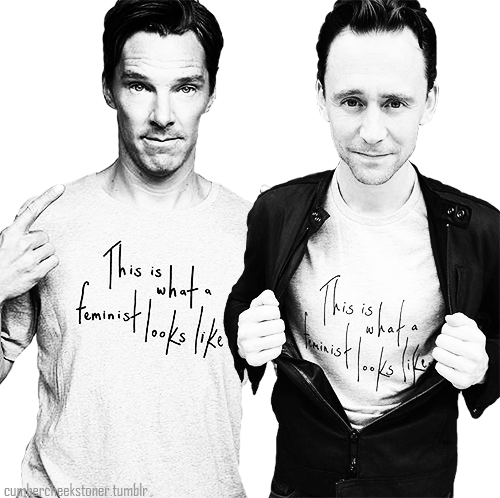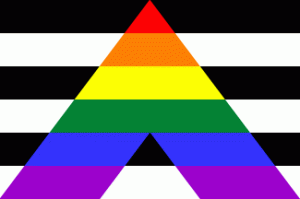On October 29th, I attended a viewing of the
documentary Unslut which showed the stories of six girls whose lives
were drastically affected by slut-shaming.
It was a very eye opening experience on how much power being labeled a
slut has on a girl’s reputation and self-esteem. One of the stories told in the documentary
was about a girl named Rehtaeh. One
night Rehtaeh and a friend went to a party with a bunch of guys where she got
really drunk. A bunch of the guys
decided to take advantage of her inebriation and took her upstairs to a bedroom
where they proceeded to rape her and even took a picture of them having sex
with her. Later on, the picture ended up
making its way around her school and that’s all it took for her reputation to
change. Everyone turned on her and
started harassing her, calling her a slut and she only had one friend left to
stand by her side. In the end, the
constant harassment became too much for Rehtaeh, and she ended up committing suicide.
This is an all too common problem! People (especially kids in high school) throw
around the word slut like it’s nothing to girls who are said to be sexually
active or dress provocatively. They
never think that it could have such a drastic effect on a girl like it did with
Rehtaeh. This automatically made me
think of the video Tough Guise that we watched because in all of the
stories the girl’s problems were caused because the guy went to his friends and
bragged or showed a picture of the girl naked and that’s where the girls get
their slut status. The guys want to be
seen as manly by their peers by showing off who they slept with, with no regard
to how it could affect the girl.
It also reminds me of the class where we talked about sex
positivity because we need to change how our society views women who have
sex. Our society believes that only guys
should want to have sex and any woman who wants sex is considered a slut or a
whore. Then in cases where a woman is raped, like in the documentary, this kind of thinking leads the woman believe that it the assault was her fault even though she was a victim. This shows how powerful a single word can be and we need to work on ending the use of it.
This is the trailer for the video. Please watch it and if you ever get the chance, watch the full documentary. It is eye opening and can be life changing.



